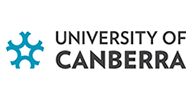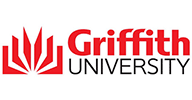Skills check
You will be invited to complete a Skills Check following your application submission, before enrolling to your studies. This helps you to decide if your course is right for you and allows us to understand your current abilities in English, Maths, as well as using Digital technology.
The recommended benchmark levels for this course are 4 in English, 4 in Maths and 4 in Digital Technology.
If you are applying for a VET Student Loan the required levels to meet academic eligibility, as outlined by Commonwealth guidelines, is Level 4 English and Maths.
Access and instructions on how to complete the Skills Check will be emailed to you once you have submitted your application.
Read the Skills Check FAQs.
Selection criteria
To study an apprenticeship program you must be indentured as an apprentice with your employer.
Employers need to be able to provide the necessary human and physical resources to qualify for an apprentice.
Find out more on how to become an apprentice or trainee





